Human beings are instinctually programmed to seek safety, stability, and connections with others. When these needs are not met, it is natural to want to make sense of the problems, disappointments, and traumas which destroyed these needs. It can be very difficult to just abandon the traumatic parts of one’s history. Narrative Therapy techniques can greatly help to integrate past and present but in a much more rational and self-affirming manner.
As a Mental Health Therapist, I often use Narrative Therapy techniques to help my clients in first talking out their current narratives and then gradually guiding them through their painful memories, fears, and insecurities. Clients are encouraged to express all emotions in telling their stories, so that they can observe, understand, and move beyond the emotions and thought processes which have been keeping them “stuck” in old narratives which simply are not working well for them in their present life. Narrative therapy techniques can provide specific cognitive tools for clients who have become stuck in a storyline with the main plot being focused on grief, loss, anxiety, depression, PTSD, ADHD, or substance abuse. This exploratory and transformational process does require the client’s motivation to understand why one’s storyline is blocking the path to one’s true, higher self. I will describe a few of these Narrative Therapy techniques.

The Re-Authoring technique is a structured approach which involves prompting the client to create alterations to one’s story or to create a whole new story. This technique uses guided questions which prompt the client to brainstorm many ideas and visions about a revised narrative and then to choose the best ideas for pursuing one’s unique goals and for gaining control over the pain from one’s current narrative. By doing these brainstorming activities, the client gradually becomes unstuck and will feel more hopeful and in control about the future. It can be a long process in working through the old narratives and making connections to past experiences which are interfering with one’s present sense of well-being. During the Re-Authoring process, the client learns how to compartmentalize old scripts into previous “chapters” of one’s life book. While I absolutely encourage my clients to accept all life events as learning opportunities, I keep them focused on doing reality checks when they are ruminating with self-defeating thoughts which are rooted in the past and which are counterproductive to their new life narrative
The Externalization technique has the main goal of helping clients to view their problems as external, rather than internalizing them as an unchangeable part of themselves. This technique can have a huge positive impact on a client’s confidence toward making specific changes in one’s narrative. For instance, a client who is easily angered or stressed may be defining oneself by these emotions. In this case, the client would be guided by the therapist in identifying and implementing coping behaviors for regulating these emotions. Taking action in certain situations which cause distress can increase the client’s sense of control, thus externalizing negativity and literally “pushing it out” through intentional behaviors. This technique encourages the client not to place too much importance on one’s diagnosis or self-assigned labels. Through this process, the client learns to separate oneself from what has been kept inside perhaps for years. I have observed my clients moving beyond who they thought they were and moving toward a more meaningful and self-accepting daily existence. I can sum up this process with these words: “Don’t be your pain. Be your purpose.”

The Deconstruction technique is another extremely effective approach for helping a client to decrease the intense emotions related to the ruminating thoughts about past or current problems, thus making it easier to understand the “whole picture.” While traumatic experiences are realistically overwhelming and confusing, the Deconstruction technique prompts the client to “dissect” the troubling thoughts and behaviors. By doing this, the client is taking an active role in understanding which thoughts are irrational or based on past experiences which cannot be changed. Then, the client is guided in making small steps toward positive changes by focusing on each small part of what may seem like an unsolvable, lifelong problem.
Mindfulness is another technique which is incorporated with all Narrative Therapy techniques. Mindfulness takes effort and practice. Mindfulness is a cognitive skill which involves redirecting one’s attention toward the present moment and just “being” with one’s feelings at that particular moment. This skill can be done whenever you are feeling overwhelmed or when you need to just redirect your thoughts toward what you are doing in the present. Mindfulness is about being present in each moment and not allowing your thoughts to focus on the past or on what may happen in the future. The client can develop a strong and unwavering sense of internal control by learning and practicing mindfulness techniques, such as clearing one’s mind from all thoughts which are externally-focused and then turning one’s energy inward at specific moments when making decisions or when experiencing self-doubt or fear. Mindfulness enables you to bravely embrace what you are thinking and feeling at any given moment, and it is the path to greater self-awareness and to greater self-compassion.

Narrative Therapy has roots in the existentialist beliefs that life is inherently filled with random events and that these events can cause us to lose our sense of meaning. Therefore, it is our responsibility to create our own meaning, even through the worst circumstances. Narrative Therapy techniques help clients to find their meaning and purpose, rather than to search for answers to situations which they did not cause and that they cannot control. The control comes from within the person. Even when you cannot explain why painful events have happened in your life, you still do have control over your thoughts and behaviors. Your internal locus of control is always present and can be channeled during even the most dire circumstances. Although it is not always easy to do, your mind has the power to at least “try” to reframe the narrative in which you are a “victim” to a narrative in which you are powerful and capable of managing negative life situations and memories. You have this choice at every moment of your life.



